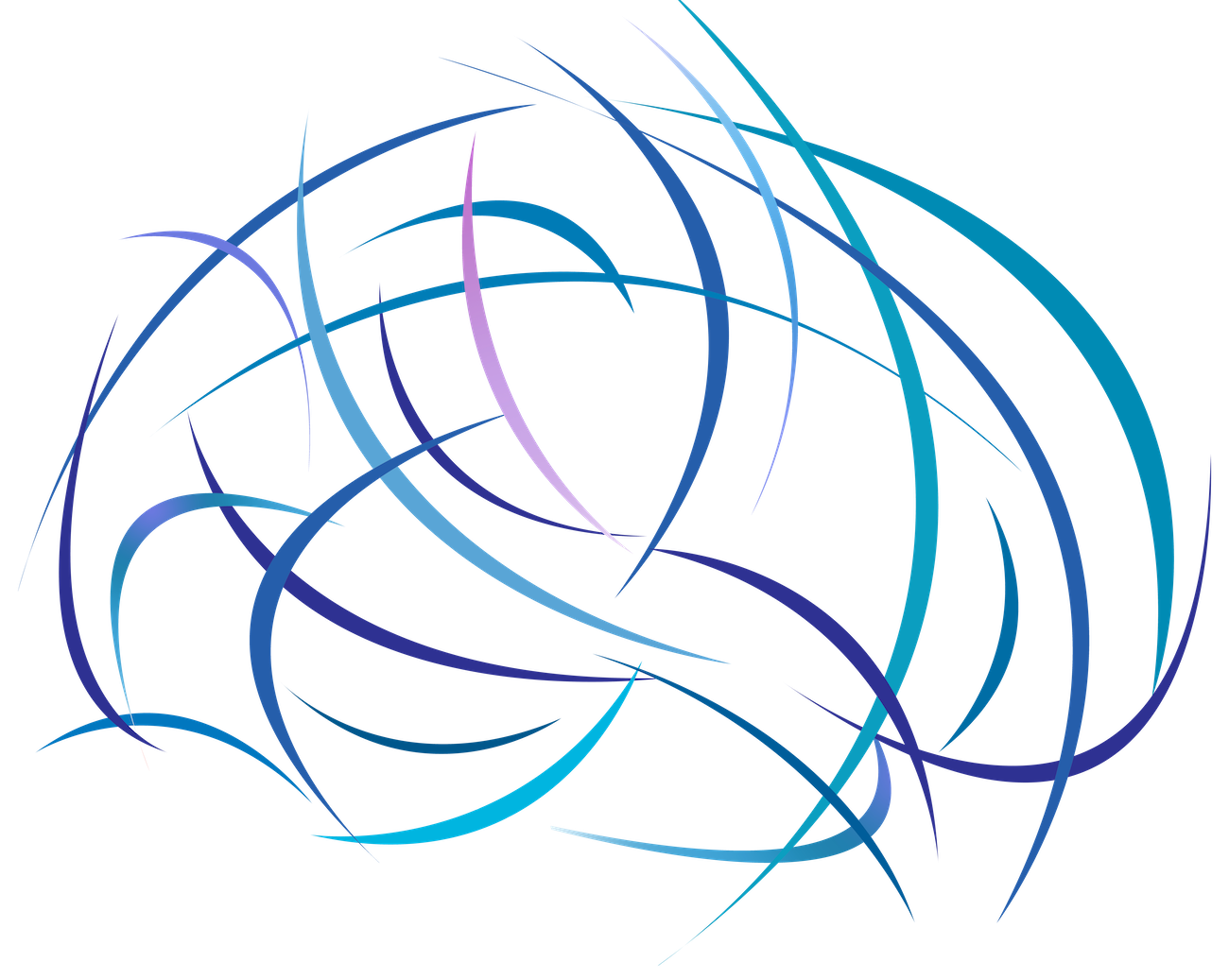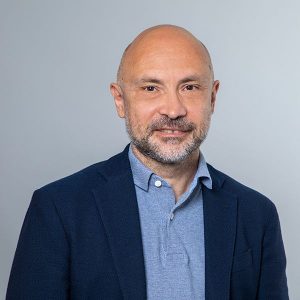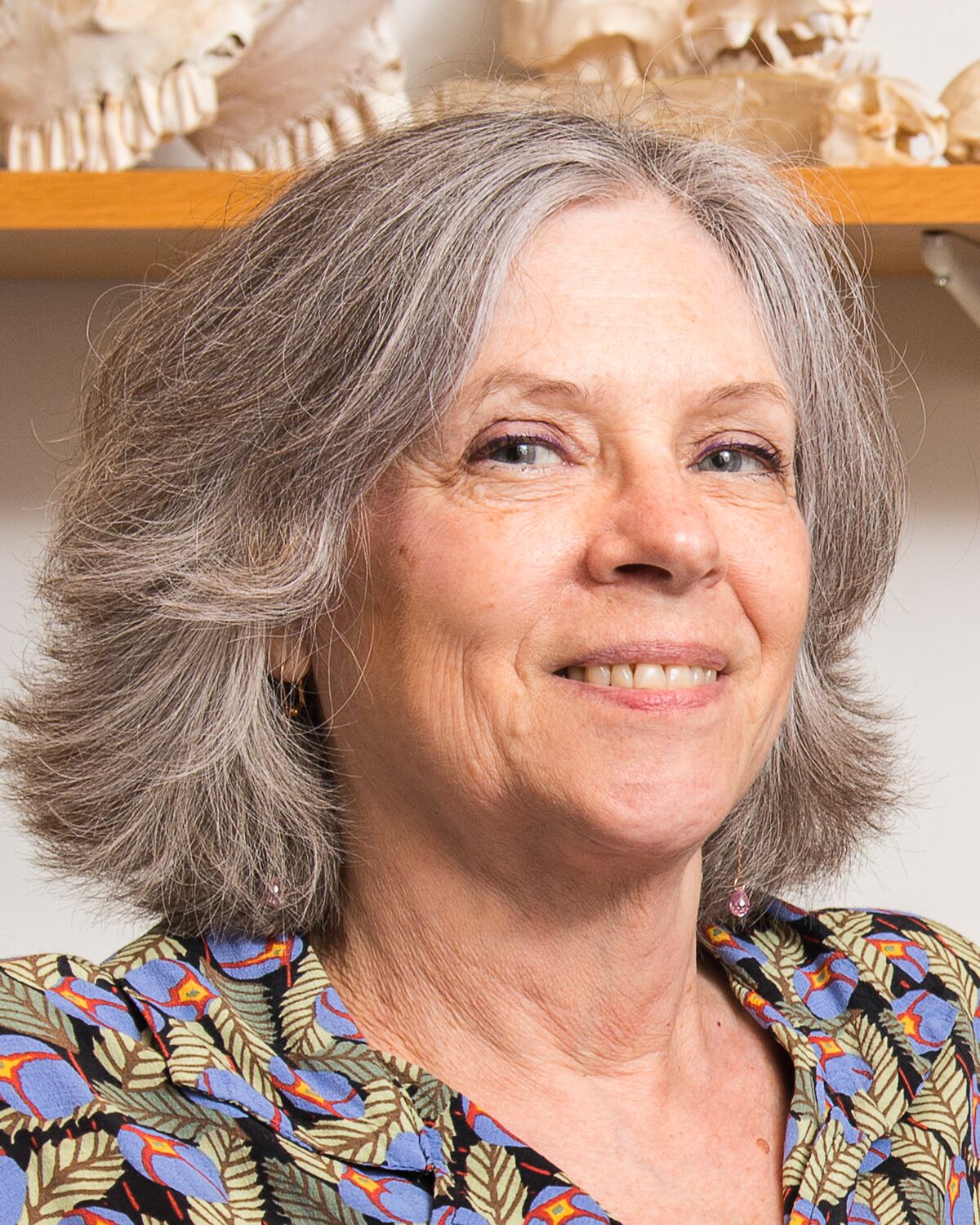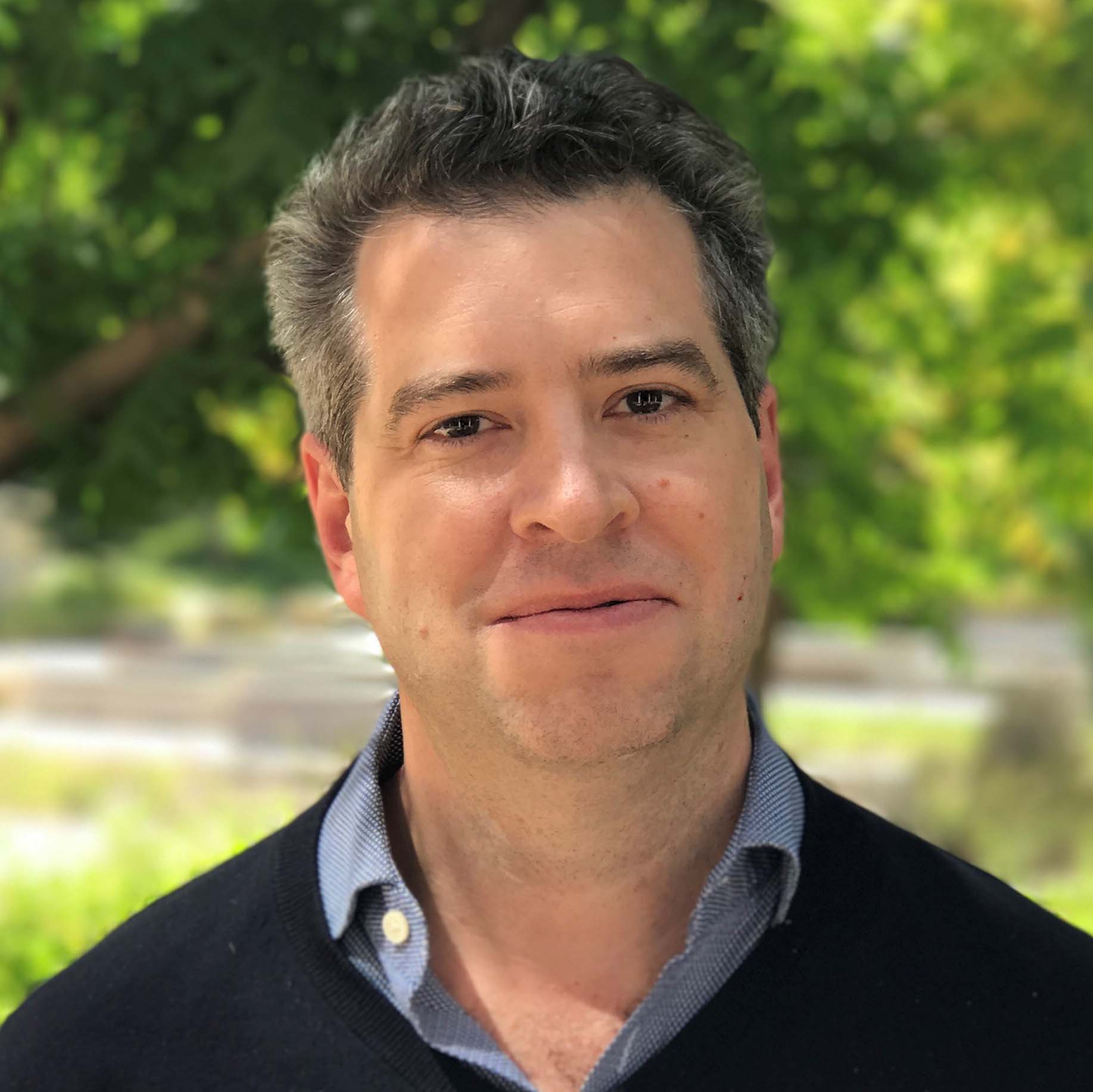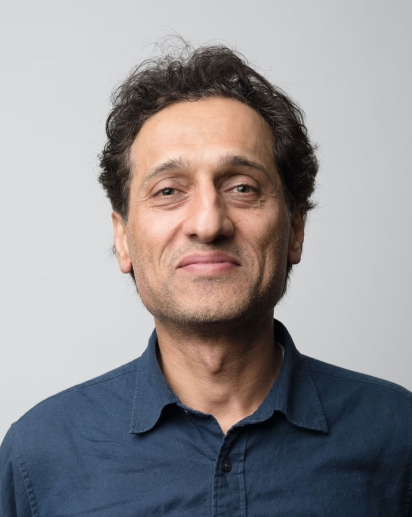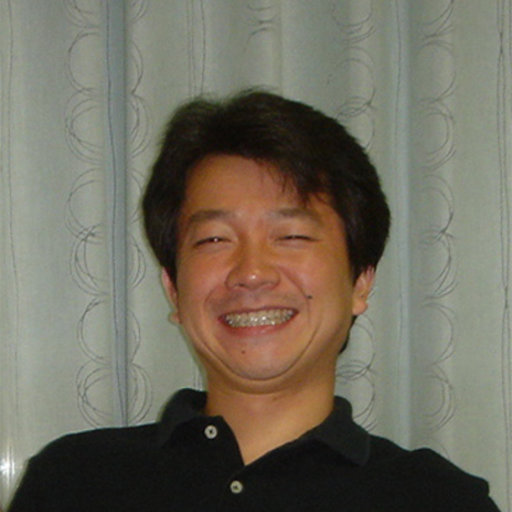Title
How activity correlations between neurons shape encoding and readout of sensory information
Bio
Stefano Panzeri received a Laurea in Physics from the University of Torino, and a PhD in Computational Neuroscience from SISSA, Trieste, Italy. He has held personal Research Fellowship awards in both theoretical physics and computational neuroscience, including an INFN junior Fellowship in Theoretical Physics at Turin University, an EU Marie Curie postdoctoral Fellowship at the University of Oxford, and an MRC Research Fellowship in Neuroinformatics at the University of Newcastle. He has held tenured Faculty positions as assistant, associate and full professor at the Universities of Manchester and Glasgow. He has been visiting scientist at the Max Planck Institute for Biological Cybernetics and at Harvard Medical School. He served as Coordinator of the Center for Neuroscience and Cognitive Systems of IIT. He also served as Deputy Chair of the UK Medical Research Council Panel for fellowships in Bioinformatics and Neuroinformatics. He currently directs the Department of Neural Information Processing at UKE, Hamburg.
Abstract
The collective activity of a population of neurons is critical for many brain functions. A fundamental question is how activity correlations between neurons affect how neural populations process information. We present a theory, built on the analyses of simultaneous recordings of activity of populations on neurons either in sensory or posterior parietal cortical areas, of how such correlations serve multiple functions performed by neural populations, including shaping the encoding of information in population codes, generating codes across multiple timescales, and facilitating information transmission to and readout by downstream brain areas to guide behavior. Here, we review this theory and we further present ideas on how to combine large-scale simultaneous recordings of neural populations, computational models, analyses of behavior, optogenetics, and anatomy to unravel how the structure of correlations might be optimized to serve multiple functions.
